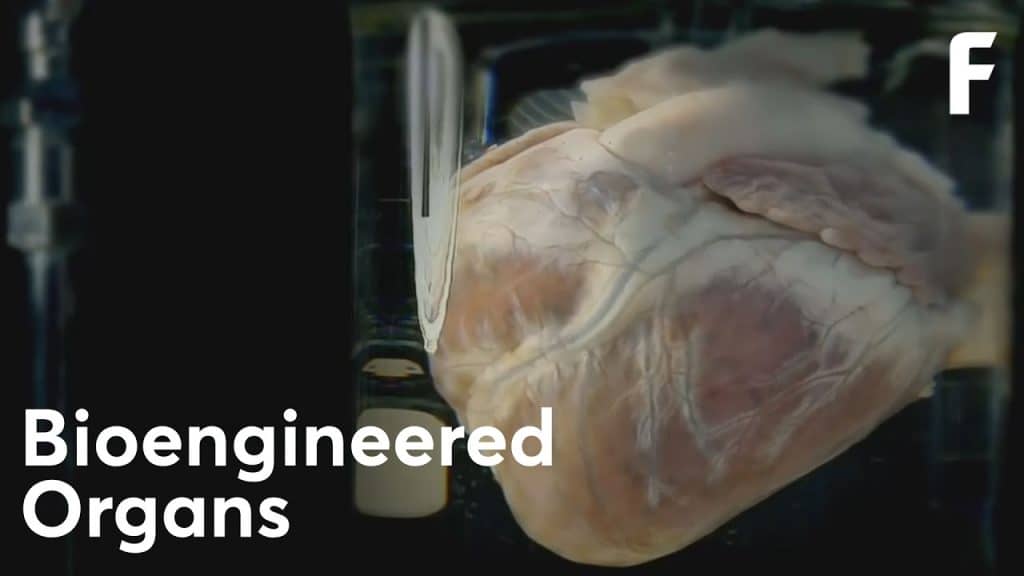Organ donors are scarcely found. Once found, it is even rarer to find a perfect match. Even then, the body sometimes rejects the donor organ. This process is not only one with high risk but is extremely costly as well. There has been a lot of research on growing organs from stem cells in the past. There have also been efforts to genetically alter pig organs to resemble those of humans.
Neither of the two researches have bore fruit individually but once combined, they show promising results. Researchers at the US biotech firm Miromatrix are using pig organs as scaffolding for building new human organs. What they do is dissolve cells of ordinary pig organs to reveal their protein scaffolds. This enables them to maintain the original shape and structure of the organ.
Once the cells are dissolved and only the scaffold is remaining, three types of human cells namely liver cells, blood vessel wall, and bile duct cells are introduced. The cells find their own way in the structure and place themselves in the correct positions. This technique is known as “decel/recel” and Jeff Ross from Miromatrix says that it, “takes tissue engineering from a single layer to whole organs.”
The team has been able to successfully create livers using pig cells instead of humans. These can be tested for rejection by placing them back into living pigs. It is believed that the rejection rate will be zero as no foreign object is present. Now, the team has moved on to introducing human cells, taken from human umbilical cords to remake blood vessels within the liver scaffold. These reconstructed livers survived when implanted into pigs and allowed blood flow before the immune system registered human cells and rejected the organs.
Laura Niklason of Yale University, who is using the decel/recel method to build blood vessels and lungs, told New Scientist: “The decellularisation and repopulation is not the tricky part–the tricky part is getting all the cells you put back in to behave properly.”
The technique is far from perfect for now but has huge implications and will change the way human organs are transplanted. The video below explains the complete process:

